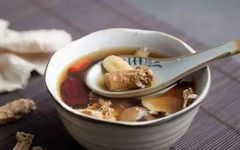
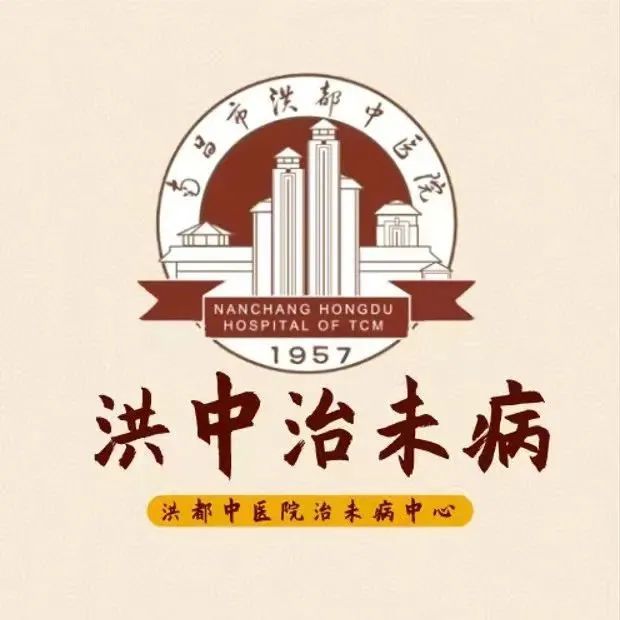
Preventive Treatment in TCM
Making health preservation a new trend
Focus
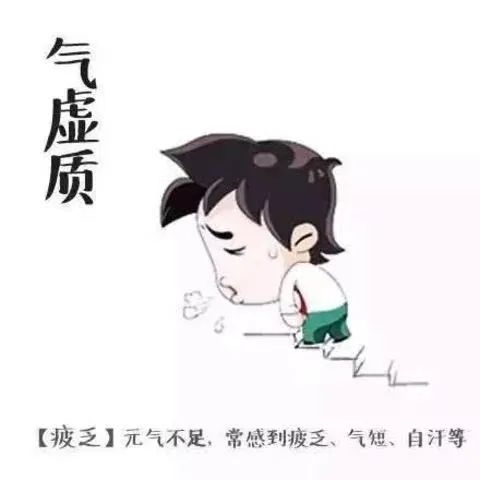
The Qi deficiency constitution is one of the most common偏颇体质 (pian po ti zhi) types in the population, characterized by insufficient vital energy (元气, yuan qi), weak breath, and low functional status of the organs. Qi deficiency is the most prevalent偏颇体质 (pian po ti zhi) among the nine classifications of constitution types, ranking first among偏颇体质 (pian po ti zhi) in the general population. Modern studies have shown that Qi deficiency is closely related to conditions such as tumors, hypertension, hypothyroidism, diabetic nephropathy, early-stage type 2 diabetes, liver cirrhosis, multidrug-resistant tuberculosis, and sub-health insomnia. Thus, Qi deficiency is significantly associated with diseases and sub-health states.
2022 / 10 / 01
1.
Constitution Characteristics
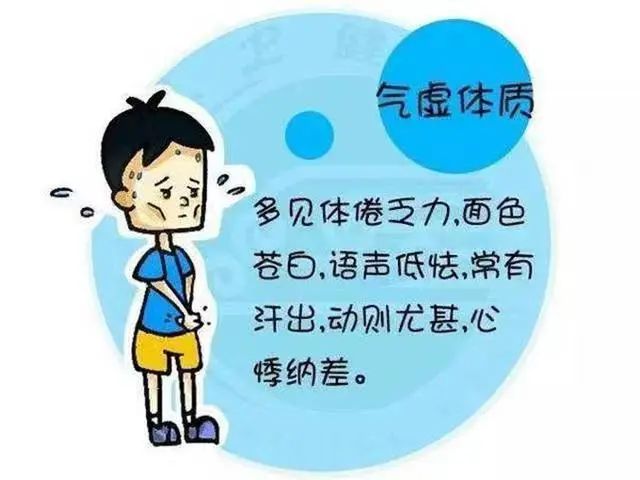
Characteristics of individuals with Qi deficiency constitution include:
① Physical Characteristics: Soft and weak muscles.
② Psychological Characteristics: Introverted personality, averse to risk.
③ Common Manifestations: Usually low voice, shortness of breath, laziness in speech, easy fatigue, lack of energy, tendency to sweat, pale red tongue with tooth marks on the sides, weak pulse.
④ Adaptability to External Environment: Poor tolerance to wind, cold, heat, and dampness.
⑤ Disease Tendencies: Prone to colds, dizziness, kidney diseases, organ prolapse, etc., with slow recovery after illness.
2022 / 10 / 01
2.
Regulation Methods
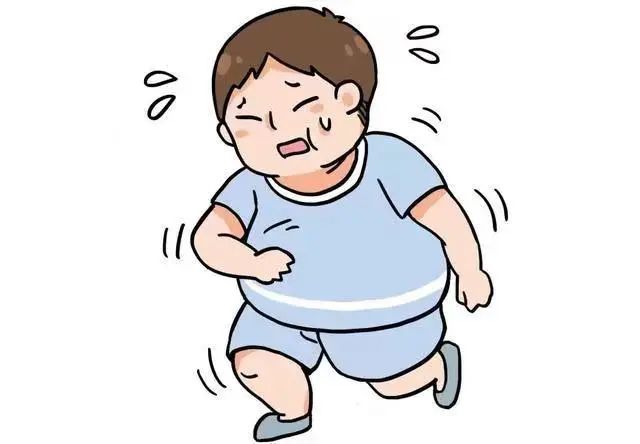
Individuals with Qi deficiency often have weak vital energy; thus, the regulation principle is to nourish the vital energy and tonify Qi while strengthening the spleen.
1.
Daily Care
Those with Qi deficiency have weak defenses against external pathogens and should pay attention to warmth to prevent excessive sweating in the wind and invasion by external pathogens. They should develop good sleep habits, aligning their sleep with the seasons, going to bed early and rising early.
2.
Exercise and Fitness
Qi deficiency individuals may lack energy for movement, but inactivity can lead to stagnation of Qi, worsening the deficiency. Therefore, exercise should be gentle and moderate; regular self-massage of the Zu San Li (St36) point can strengthen the spleen and tonify Qi, helping to adjust the Qi deficiency state.
3.
Mental Regulation
Individuals with Qi deficiency often have introverted personalities and unstable emotions; excessive thinking can lead to Qi stagnation, while excessive sadness can deplete Qi, affecting the lungs. Therefore, they should avoid excessive worry and sadness. It is important to maintain a stable and peaceful mindset, manage emotions, avoid excessive thinking, and practice contentment.
4.
Meridian and Acupoint Regulation
For those with Qi deficiency, meridian regulation focuses on tonifying the lungs, regulating Qi, strengthening the spleen, and warming the kidneys to gather Qi. Acupuncture should be applied with tonifying techniques, commonly using points such as Guan Yuan (Ren4), Qi Hai (Ren6), Bai Hui (Du20), Shan Zhong (Ren17), Zu San Li (St36), Fei Shu (Bl13), Pi Shu (Bl20), and Shen Shu (Bl23).
5.
Music Therapy
Individuals with Qi deficiency benefit from listening to the Gong (宫音), Shang (商音), and Zhi (徵音) tones, as Gong tones enter the spleen, Shang tones enter the lungs, and Zhi tones enter the heart. The lungs govern Qi, and the spleen and stomach are the foundation of postnatal health; Qi and blood require the heart’s pulse for circulation.
3.
Dietary Health
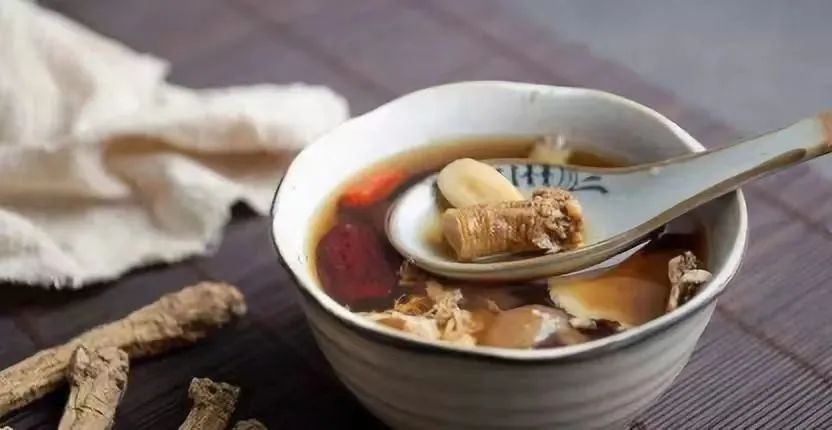
For those with Qi deficiency, dietary nourishment should focus on slightly warming, spleen-strengthening, Qi-tonifying, and easily digestible foods.
1.
Staple Foods
Consume more millet, glutinous rice, japonica rice, sweet potatoes, pumpkins, potatoes, Chinese yam, lentils, soybeans, lotus seeds, and other grains to replenish vital energy.
2.
Vegetables and Fruits
Carrots, longan, shiitake mushrooms, black sesame, walnuts, fox nuts, ginkgo nuts, tofu, grapes, strawberries, apples, and other vegetables and fruits to nourish yin and generate fluids.
3.
Protein Sources
Chicken, eggs, pork stomach, beef, freshwater fish, and other meats to assist yang and tonify Qi.
4.
Medicinal Foods
Common medicinal foods include ginkgo nuts, kudzu root, angelica, licorice, kudzu, lotus seeds, fox nuts, Chinese yam, ginseng, astragalus, poria, dried tangerine peel, sea buckthorn, longan flesh, and jujube.
4.
Recommended Products
The Nanchang Hongdu Hospital’s Preventive Treatment Center
Specifically provides suitable
TCM dietary therapy
[Dietary Therapy for Qi Deficiency Constitution]
Dang Shen (Codonopsis) and Huang Qi (Astragalus) Pigeon Soup
[Function] Tonifies the middle and benefits Qi, harmonizing the spleen and stomach. Suitable for those with spleen and stomach deficiency for auxiliary nourishment.
[Ingredients] 60g Dang Shen, 30g Huang Qi, 5 red dates, 2 pigeons, 150g lean pork, 2-3 slices of ginger.
[Preparation] Wash Dang Shen, Huang Qi, and red dates (pitted) and soak slightly; wash the lean pork and place it whole in a pot, adding 3000ml of water (about 12 bowls of water), first boiling with high heat, then simmering on low heat for about 2.5 hours, seasoning with appropriate salt before serving.

(Some images in the text are sourced from the internet; if there is any infringement, please contact the author for removal)
Recommended Doctor
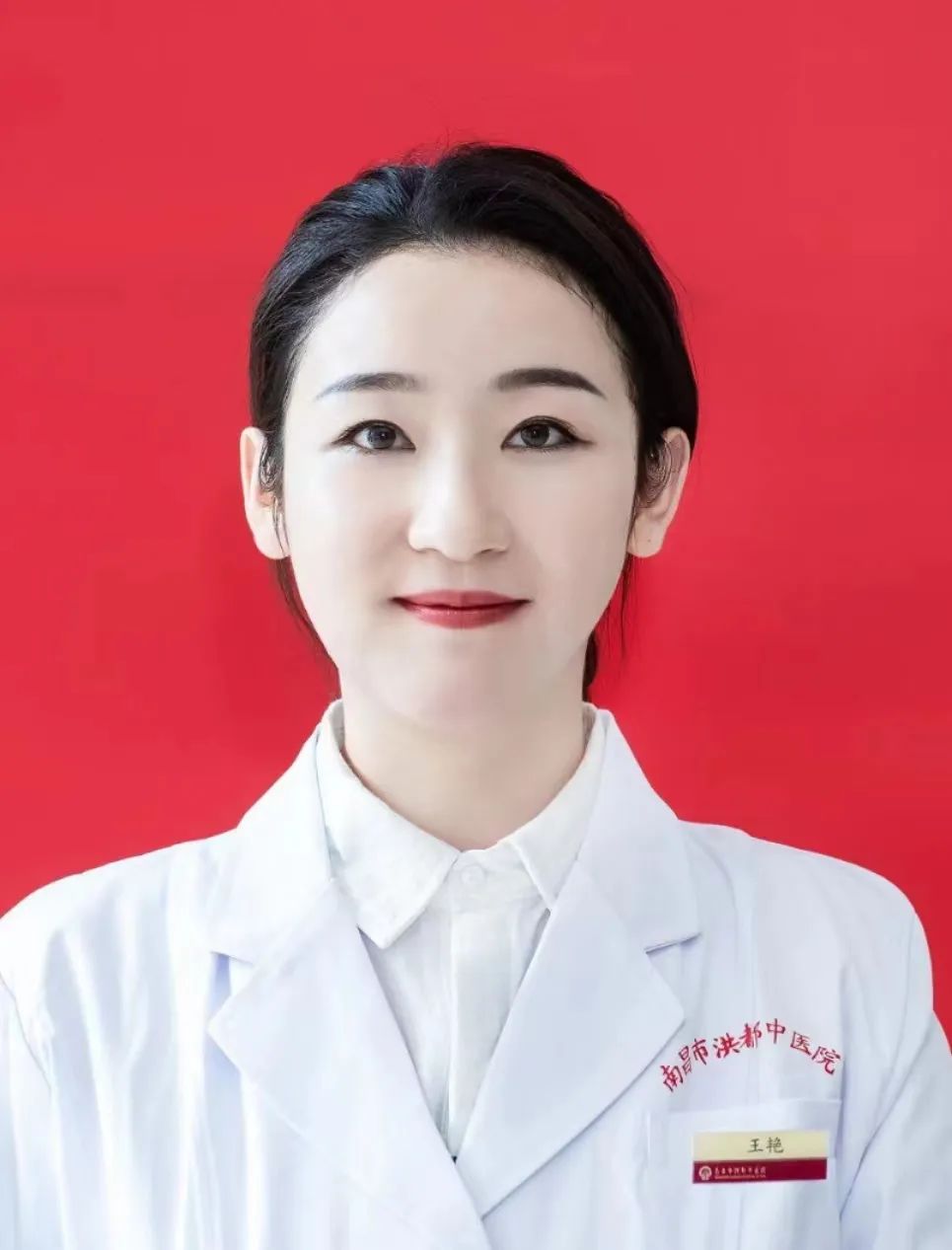
Wang Yan, female, TCM physician, member of the weight management and TCM beauty team at the Preventive Treatment Center, member of the Chinese Acupuncture Society, committee member of the Jiangxi Province Cervical, Shoulder, Waist, and Leg Pain Diagnosis and Treatment Branch, member of the Guangdong Province Acupuncture Society Obesity Special Disease Alliance, and committee member of the Acupoint and Moxibustion Therapy Branch. Specializes in using acupuncture, cupping, bloodletting, and moxibustion techniques to treat obesity, cervical, shoulder, waist, and leg pain, gynecological diseases; skilled in acupuncture, facial massage, guasha, and cupping techniques to treat facial conditions such as dull complexion, acne scars, pigmentation, and wrinkles.

Department Introduction
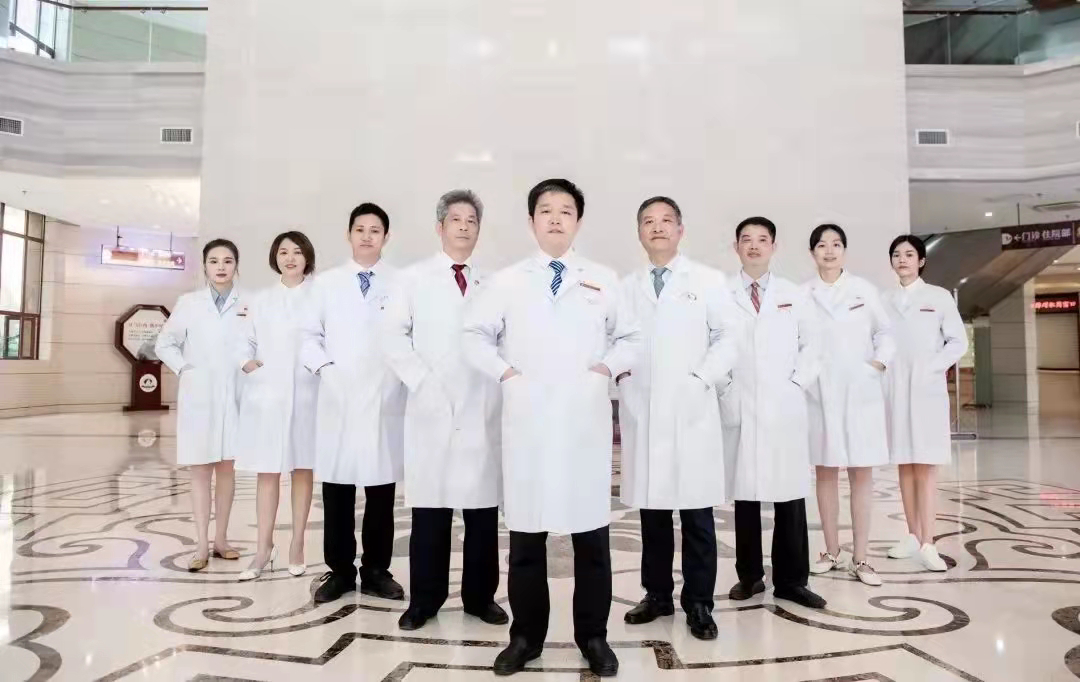
The Nanchang Hongdu Hospital’s Preventive Treatment Center is a key specialty at the municipal level, a key specialty of the Jiangxi Provincial Administration of Traditional Chinese Medicine, and a preventive treatment center in Nanchang City. For many years, it has adhered to the goal of exploring effective pathways and models to realize the concept of “preventive treatment” and aims to use TCM to serve the public, improving the health care level of traditional Chinese medicine. The center employs the method of “preventive treatment,” using health identification of constitution as a tool, health promotion as a means, and health management as a platform to establish a new model of health management in TCM.
For many years, the Preventive Treatment Center has adhered to the philosophy of “preventing disease before it occurs, treating disease early, preventing changes in existing diseases, and preventing recurrence after recovery,” fostering a good development trend of coordinated medical education and research. The center is composed of senior TCM experts with rich clinical experience, particularly in TCM constitution identification, health preservation guidance, and dietary nutrition. The center currently has more than 10 medical staff, including 4 with senior titles, 1 PhD, and 6 with intermediate titles or above; 1 renowned TCM physician in Nanchang City, 1 of the top 100 excellent doctors in Nanchang City, 1 expert in the Nanchang Youth Think Tank, 1 of the most beautiful workers in Nanchang City; 1 of the top ten young scientific and technological talents in Nanchang City, 1 national natural science fund project, 2 provincial science and technology department projects, and more than 10 provincial-level topics; published more than 20 academic papers, co-authored 2 academic works, and holds 4 new patents.
Preventive Treatment Center contact number: (0791) 8381 7201

